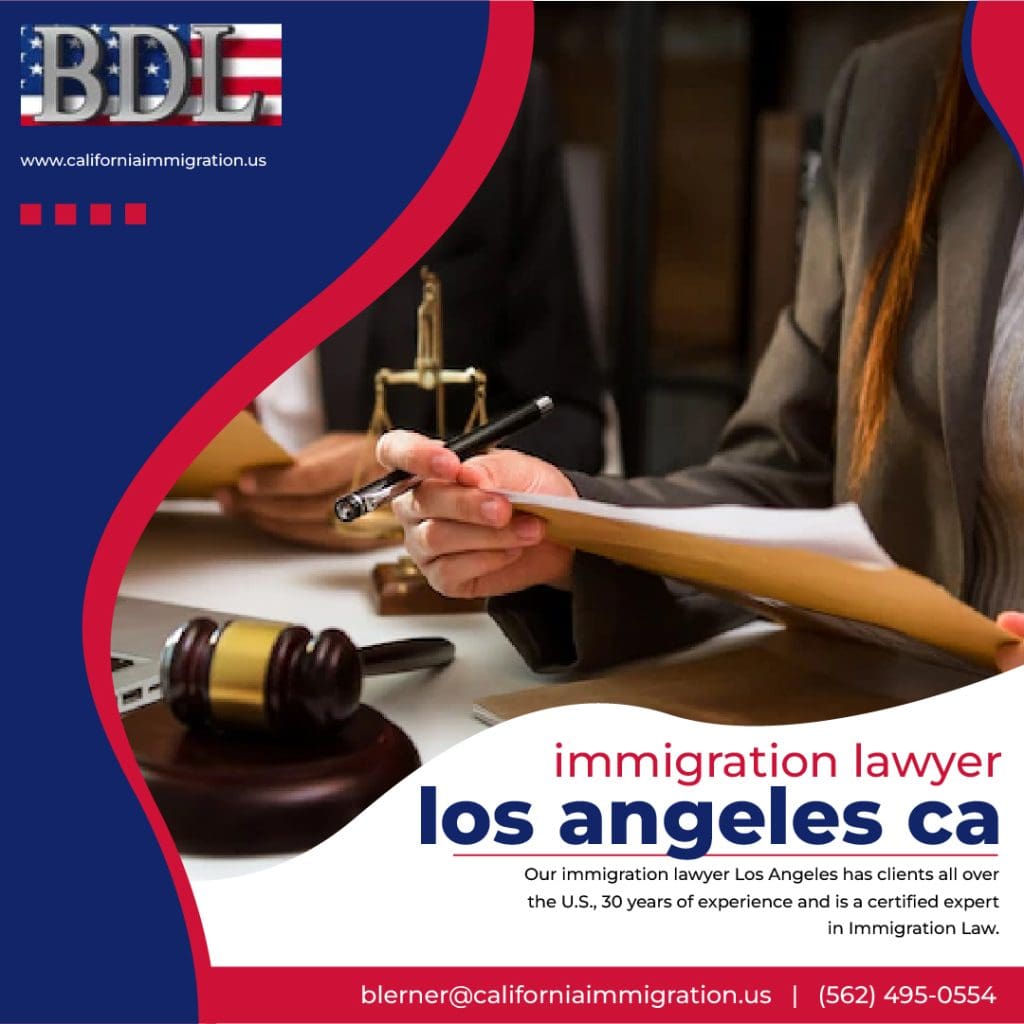
Revised I-129 Instructions for Petition
Revised Form I-129 Instructions — What Employers and Beneficiaries Need to Know
USCIS has updated the Form I-129 instructions to clarify filing mechanics, fees, evidence, and when to choose change/extension of status versus consular processing. Because I-129 covers many classifications (H-1B/H-1B1, H-2A/H-2B, L-1, O-1, P, Q, R, E-1/E-2 employees, TN, etc.), read the main instructions plus your classification supplement before you file.
What’s newly emphasized
- Correct edition & fees: Use the current edition and fee schedule. Some categories have add-on fees (e.g., Fraud Prevention and Detection, ACWIA/H-1B training, border-security or program-specific surcharges). Wrong amounts or checks to the wrong payee cause rejections.
- Signatures & representation: Wet or acceptable reproduced signatures are required. If using an attorney, include a properly signed G-28.
- One petition, right party: The U.S. employer, agent, or foreign employer through a U.S. agent is the petitioner—not the beneficiary.
- Change/extend vs. consular: Check the box that matches your intent. Choose extend/change status if the worker will stay and start work in the U.S. Otherwise, choose consular notification if they’ll apply for a visa abroad.
- Itineraries & worksites: Provide end-client letters/contracts and worksite addresses where required (H-1B, H-2B, O-1 with multiple events). In addition, disclose third-party placement and maintain wage/contract evidence.
- Multiple beneficiaries: Read limits for H-2 and P group filings. Know that most specialty petitions are one beneficiary per I-129.
Category highlights
- H-1B/H-1B1/E-3: Make the LCA consistent with job title, SOC, wage, and all worksites. Also, include degree-duty mapping and organizational charts for “specialty occupation” or “specialty knowledge.”
- L-1: Prove qualifying corporate relationship and one-year abroad. It’s important to include manager/executive or specialized knowledge duties with headcount charts and product/process detail.
- O-1/P: Map evidence criterion-by-criterion (awards, press, memberships, critical roles, high salary, expert letters). Include advisory opinion from the peer group or labor organization.
- R-1: Show bona fide religious organization, compensation, and prior membership; site visits are common.
Premium processing & timing
- Form I-907 is optional; check eligibility and the current processing clock. Premium processing does not cure defective petitions.
Avoid these pitfalls
- Mismatched job duties vs. LCA or classification;
- Missing end-client evidence for third-party placements;
- Out-of-date forms/fees;
- Incomplete I-129 supplements (e.g., H, L, O/P).
Best practice checklist
Cover letter with a table of exhibits, current forms/fees, signed G-28, and proof of employer viability (tax returns/payroll for ability to pay). Ensure maintained status for in-U.S. beneficiaries, and clearly label worksites/itinerary. A decision-ready, classification-specific packet prevents RFEs and accelerates approvals.

